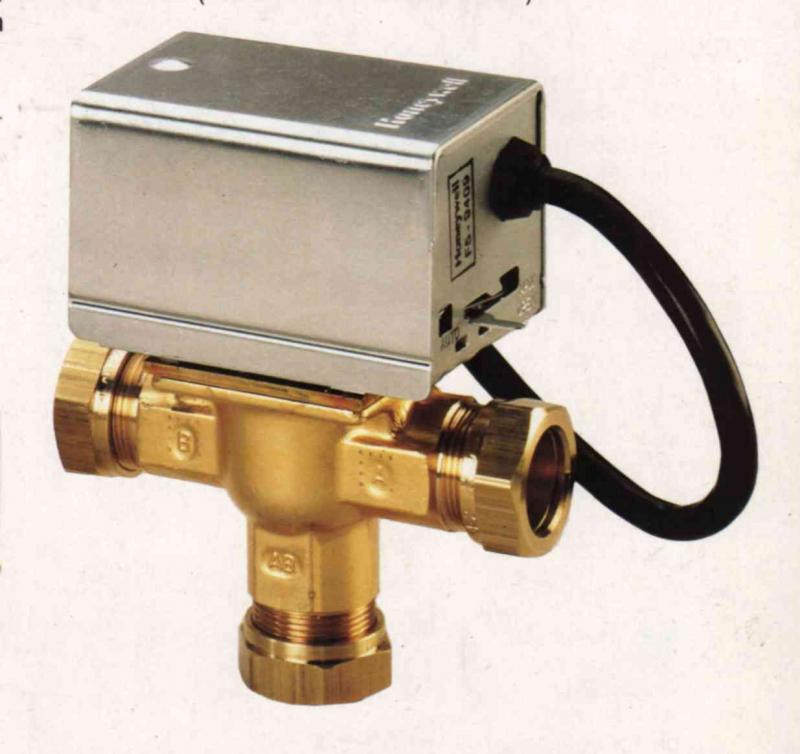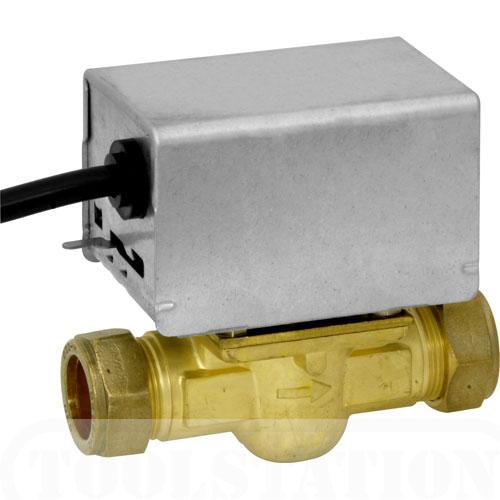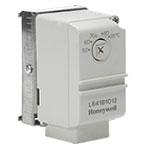The Ideal Classics were produced over a number of years and were made in several different versions.
The main differences were that some had permanent pilots and no fan and others had a fan and pilot which was lit electronically when there was a demand.
Since permanent pilots consume gas all the time they result in lower overall efficiencies hence they are no longer used.
The non fanned versions, although slightly less efficient are very reliable indeed and for many it would be a very unwise decision to replace them if still working. They need the thermocouple replacing every few years but that is a simple and cheap repair and often done on a preventative basis with every 3rd to 5th service.
The fanned versions may have a reputation for being reliable but as the fan sits on top of the cast iron heat exchanger it is operating in a hot environment and it is a common problem for the bearings to dry out and seize up. Those are the ones that I often have to go and repair.
With a fanned Classic there may be a justification for a service plan but on the non fanned version it would be far cheaper to call a local RGI to annually service and in the rare event of any other fault to repair it.
Tony
The main differences were that some had permanent pilots and no fan and others had a fan and pilot which was lit electronically when there was a demand.
Since permanent pilots consume gas all the time they result in lower overall efficiencies hence they are no longer used.
The non fanned versions, although slightly less efficient are very reliable indeed and for many it would be a very unwise decision to replace them if still working. They need the thermocouple replacing every few years but that is a simple and cheap repair and often done on a preventative basis with every 3rd to 5th service.
The fanned versions may have a reputation for being reliable but as the fan sits on top of the cast iron heat exchanger it is operating in a hot environment and it is a common problem for the bearings to dry out and seize up. Those are the ones that I often have to go and repair.
With a fanned Classic there may be a justification for a service plan but on the non fanned version it would be far cheaper to call a local RGI to annually service and in the rare event of any other fault to repair it.
Tony
Last edited:




